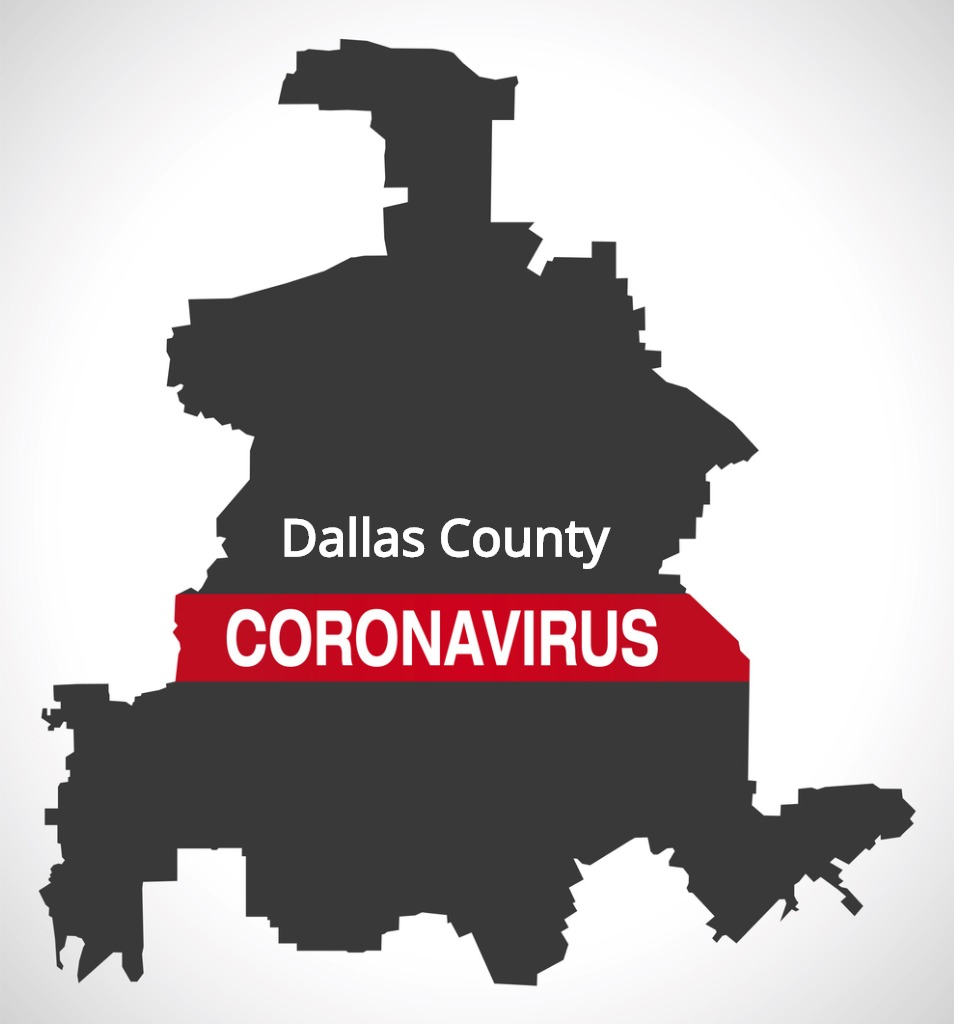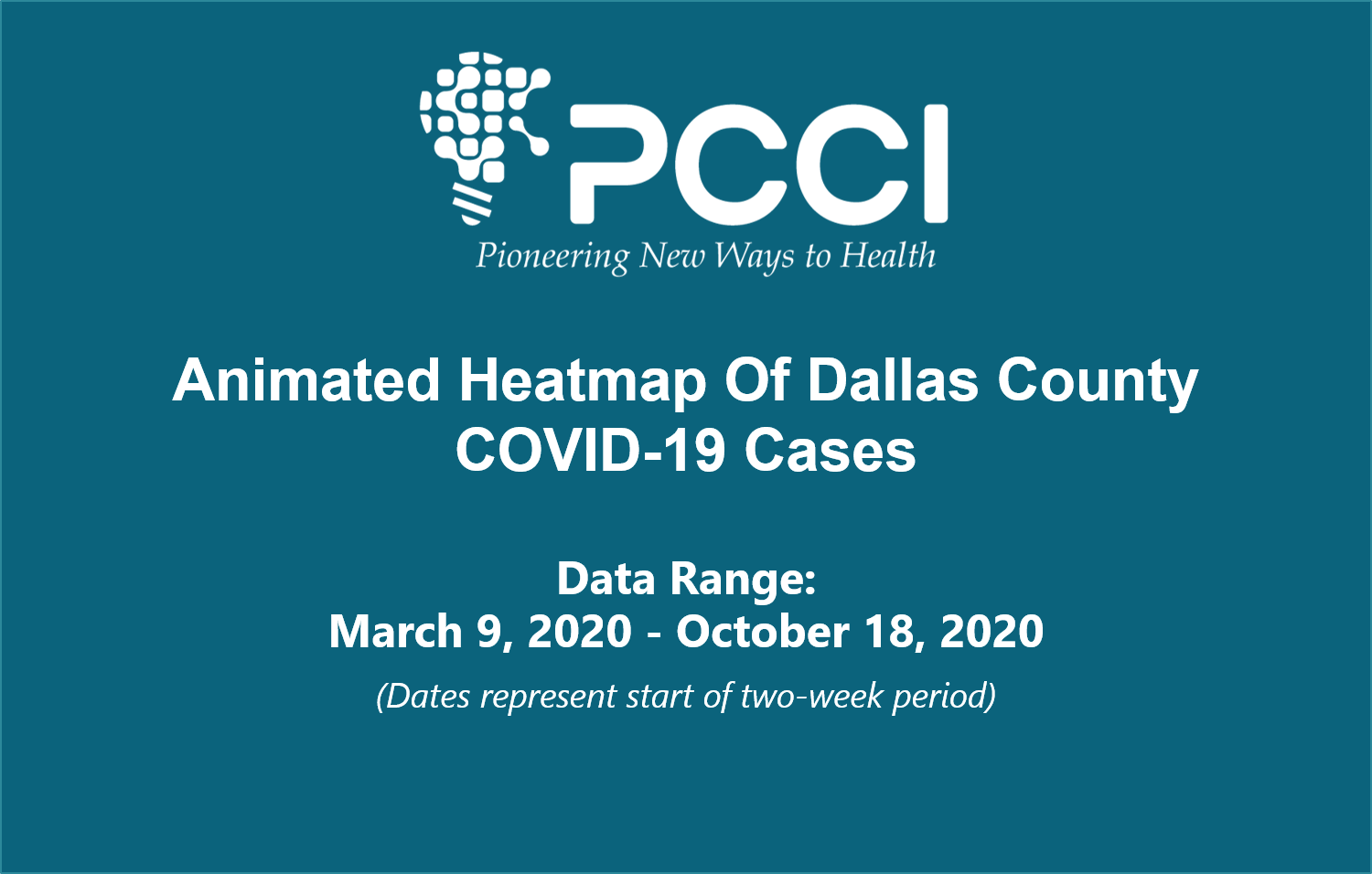Following is an excerpt from PCCI’s book, “Building Connected Communities of Care: The Playbook For Streamlining Effective Coordination Between Medical And Community-Based Organizations.” This is a practical how-to guide for clinical, community, and government, population health leaders interested in building connected clinical-community services.
This section is from Chapter 2, “The Readiness Assessment.” This is a critical step in building connected communities of care as the readiness assessment uncovers the clinical and social needs in the community along with provider and Community-Based Social Service Organizations (aka Community-Based Organizations ((CBOs))) readiness to support care coordination activities that will address the needs of all stakeholders. A readiness assessment utilizes quantitative and qualitative data to provide both the breadth and depth of the required understanding to design and implement a CCC.
PCCI and its partner Healthbox, offers readiness assessments as a service. If you and your organization are interested, go here for more information: https://pcci1.wpengine.com/connected-communities-of-care/.
###
HOW PCCI USED ITS READINESS ASSESSMENT TOOL TO LAY THE GROUNDWORK FOR THE DALLAS IEP
In 2012, shortly after receiving funding from the Communities Foundation of Texas, PCCI developed its PCCI Readiness Assessment and began the process of identifying clinical, social, and technological needs in the Dallas market, along with a list of potential Partner and Participant organizations to form the initial IEP. The following describes some of the key PCCI findings across the five requirements resulting from that exercise.
Target Clinical/Behavioral Health Conditions
PCCI’s Readiness Assessment recommended an initial target of up to 10 clinical/behavioral health conditions. The Clinical Advisory Group then pared that number down to three or four clinical/behavioral health conditions based on an analysis of the following:
• Prevalence rates of chronic diseases at Parkland and in the Dallas community at large
• Desired alignment with nationwide Health Information Exchange (HIE) efforts
• Data from surveys and semi-structured interviews with local clinical and CBO leaders
• Interventions that were available and deemed to be effective
Based on these factors, the Dallas Clinical Advisory Group unanimously decided that diabetes, Congestive Heart Failure (CHF), and Hypertension (HTN) would be the initial, prioritized conditions. In addition, the Clinical Advisory Group determined that behavioral health, pediatric asthma, and Chronic Obstructive Pulmonary Disease (COPD) should be targeted in later implementation phases.
Target Social Needs that Impact Clinical Outcomes
Within the Parkland community, the Stemmons Corridor, South Dallas, Southwest Dallas, and Southeast Dallas were all home to populations with the highest medical needs. These same areas had high incidences of the three targeted, chronic health conditions identified in the first readiness assessment requirement. These same areas also had a high proportion of adults with less than a high school diploma and the highest levels of poverty in Dallas. The areas of Southwest Dallas, Southeast Dallas, and South Dallas had correspondingly low per-capita incomes and high unemployment. Additionally, large numbers of households in all four areas were on the Supplemental Nutrition Assistance Program (SNAP/food stamps). Based on the in-depth interviews with clinical and CBO leaders, the top five unmet social needs are described in Table 2.1.

Population That Would Be Targeted by the IEP
Parkland’s outpatient population is disproportionately indigent and vulnerable. The population characteristics of interest included (1) demographics, (2) insurance, (3) clinical conditions, (4) barriers to healthcare, (5) unmet medical needs, (6) unmet social needs, (7) Parkland service utilization patterns, and (8) possible information-sharing concerns.
To gather the necessary information, PCCI conducted surveys with clients at CBOs and with patients at Parkland clinics. The survey data showed the following:
• Clinical Conditions. HTN and diabetes were among the top chronic medical conditions reported by clients/patients.
• Demographics. Client/patient educations levels were low, and most surveyed clients and outpatients fell below the federal poverty level.
• Insurance. Most clients/patients had either Parkland Community Health Plan insurance or no insurance.
• Healthcare Barriers. The top three barriers to healthcare were (1) the inability to pay for care, (2) transportation problems, and (3) lack of health insurance.
• Unmet Health Needs. The top three unmet health needs were (1) dental care, (2) vision care, and (3) transportation for healthcare services.
• Unmet Social Needs. The top three unmet social needs were (1) transportation, (2) financial assistance for rent or utilities, and (3) assistance in applying for insurance.
• Information Sharing. Survey results indicated that nearly 90% of patients were comfortable sharing information about themselves and their care with healthcare providers and CBOs participating in the Dallas IEP.
Organizations and Potential Users of the CCC Model
By profiling the CBOs active in the Parkland area, the PCCI Readiness Assessment aimed to define the functional requirements, user-training needs, and governance model that would achieve optimal alignment. An understanding of the organizational settings also aided in developing a strong value proposition benefiting each CBO and their service populations. Based on the survey data, the CBOs were diverse and varied by size, services provided, technical capacity, and client populations served. There was also a wide range of potential users within organizations, including volunteers, case workers, community health workers, and directors. As a result, users had different education and training backgrounds, often with limited prior experience using—and interpreting—health information. The majority of CBOs provided case management, daily living skills training, job-seeking assistance, and substance abuse counseling. Most CBOs wished to exchange medical and social Information to better serve their clients. Information deemed especially valuable included (1) scheduled appointments, (2) medication lists, (3) inpatient discharge instructions, and (4) insurance eligibility.
Develop Use Cases for the IEP
The development of a library of use cases illuminated how the use of an IEP could potentially result in a better clinical or social outcome for the patient. In addition to the series of interviews with leaders at Parkland and CBOs covering a range of different program types and client populations, PCCI also conducted “deep-dive” focus groups with leadership and frontline staff from 15 CBOs (52 attendees). These meetings fostered a rich exchange on at least 20 different scenarios in which an IEP could potentially be used, as well as barriers and enablers to using the platform. Most CBOs wanted the ability to track clients, identify services for which their clients qualified, and view (1) past and current referrals and resources provided, (2) demographic information, (3) relevant medical history, (4) standard documentation required by Parkland or social service agencies, and (5) client/patient insurance coverage.
The discussions with community and clinical leaders generating the list of “uses” resulted in five CCC use-case categories: (1) background information (e.g., demographic information, insurance coverage); (2) service eligibility (e.g., service eligibility identification); (3) service history (e.g., relevant medical history, current medications, past service enrollments); (4) service planning, coordination, and delivery (e.g., service request/referral at other agencies, client encounters at other agencies, medical equipment, or dietary needs); and (5) research and reporting (e.g., research study participation). Each use case incorporated the interactions between healthcare providers and CBOs and addressed one or more requested functional requirement.
###
Please contact PCCI today, if you are interested in a readiness assessment at: https://pcci1.wpengine.com/contact/.
Also, you can register your team for our Executive Book Club where you can and receive a complimentary set of “Building Connected Communities of Care” books with a consultation from one of our experts, go to: https://pcci1.wpengine.com/playbook/.

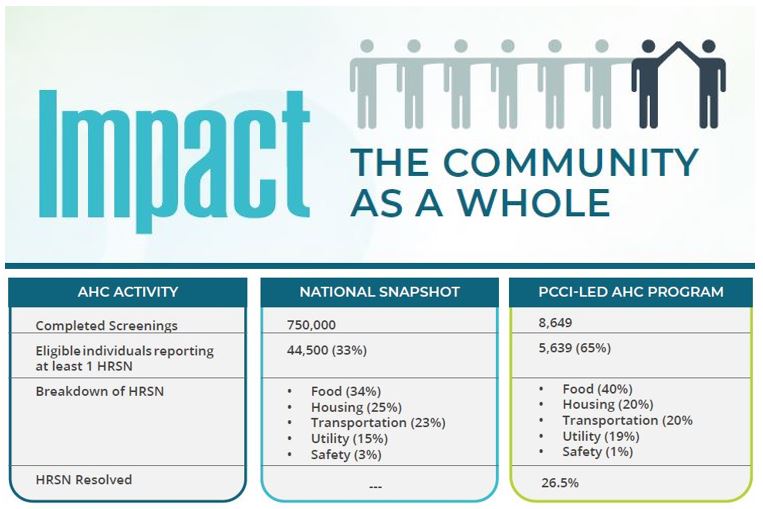

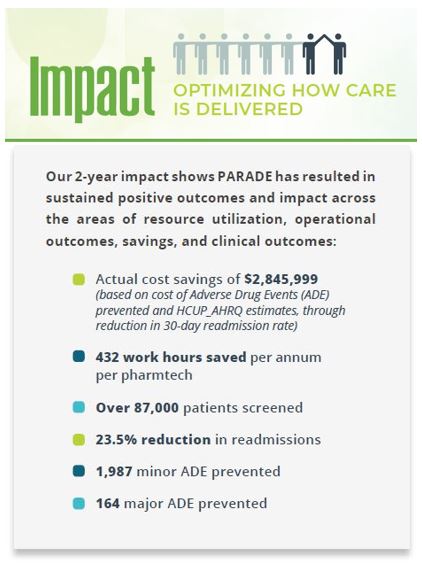

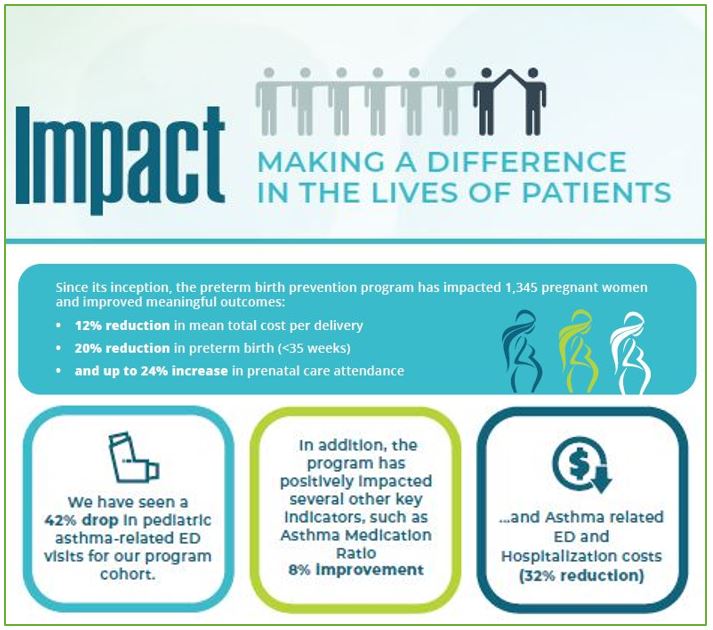

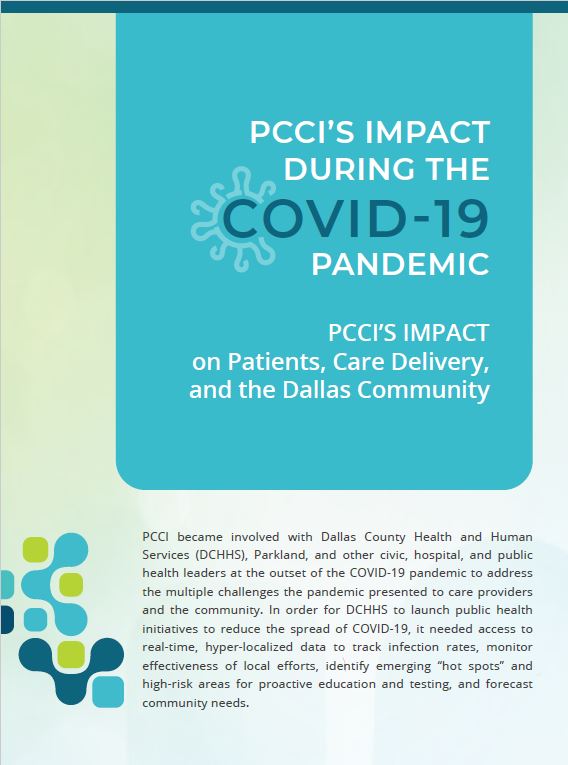

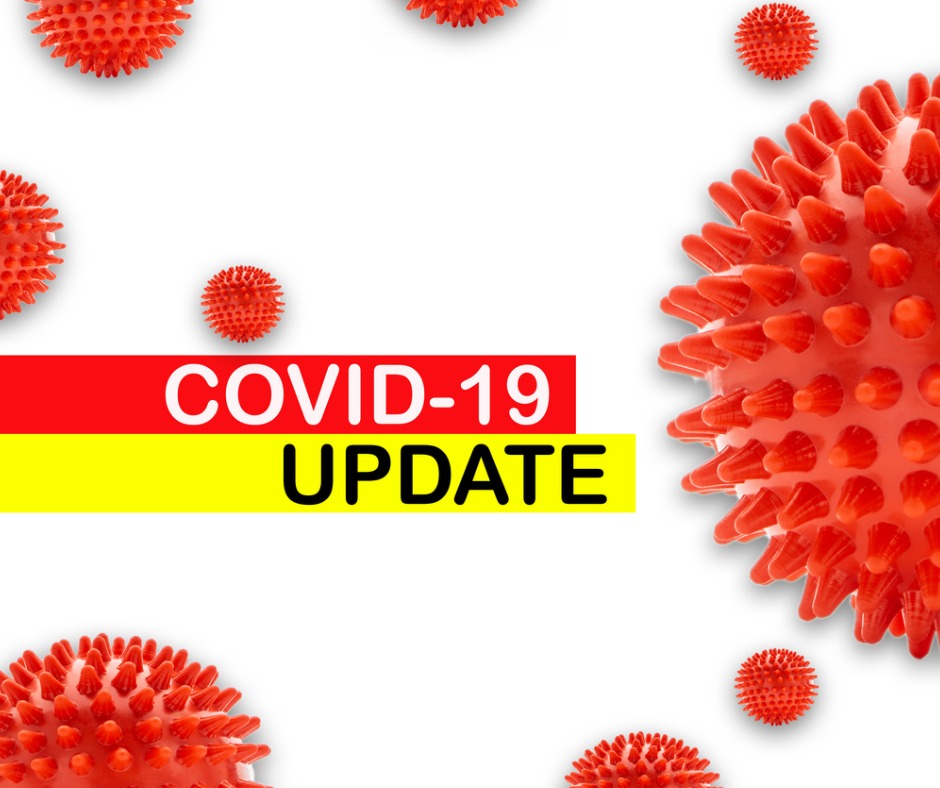
 PCCI’s Vulnerability Index indicates that the increases are driven by high mobility levels (people leaving their homes) during Thanksgiving and an increase in confirmed cases. PCCI
PCCI’s Vulnerability Index indicates that the increases are driven by high mobility levels (people leaving their homes) during Thanksgiving and an increase in confirmed cases. PCCI



 Since 2014, the Parkland Center for Clinical Innovation (PCCI) has led an effort to bring together several large healthcare systems and a number of regional social-service organizations such as food banks, homeless assistance associations, and transportation service vendors, along with over 100 smaller CBOs (i.e., neighborhood food pantries, crisis centers, utility assistance centers) and area faith-based organizations to form the Dallas CCC. Over time, civic organizations, such as the Community Council of Greater Dallas, Dallas County Health and Human Services (DCHHS), and select academic institutions have begun to participate in various community-wide projects under the Dallas CCC umbrella. Central to the success of the Dallas CCC are the partnerships that have been formed between the CBOs and a number of local healthcare systems (Parkland Health & Hospital System [Parkland], Baylor Scott & White Health, Children’s Medical Center, Methodist Health System, and Metrocare Services), clinical practices, and other ancillary healthcare providers serving the Dallas metroplex. These partnerships have proved essential in building a truly comprehensive and functional network aimed at improving both the health and well-being of Dallas residents.
Since 2014, the Parkland Center for Clinical Innovation (PCCI) has led an effort to bring together several large healthcare systems and a number of regional social-service organizations such as food banks, homeless assistance associations, and transportation service vendors, along with over 100 smaller CBOs (i.e., neighborhood food pantries, crisis centers, utility assistance centers) and area faith-based organizations to form the Dallas CCC. Over time, civic organizations, such as the Community Council of Greater Dallas, Dallas County Health and Human Services (DCHHS), and select academic institutions have begun to participate in various community-wide projects under the Dallas CCC umbrella. Central to the success of the Dallas CCC are the partnerships that have been formed between the CBOs and a number of local healthcare systems (Parkland Health & Hospital System [Parkland], Baylor Scott & White Health, Children’s Medical Center, Methodist Health System, and Metrocare Services), clinical practices, and other ancillary healthcare providers serving the Dallas metroplex. These partnerships have proved essential in building a truly comprehensive and functional network aimed at improving both the health and well-being of Dallas residents. About the author
About the author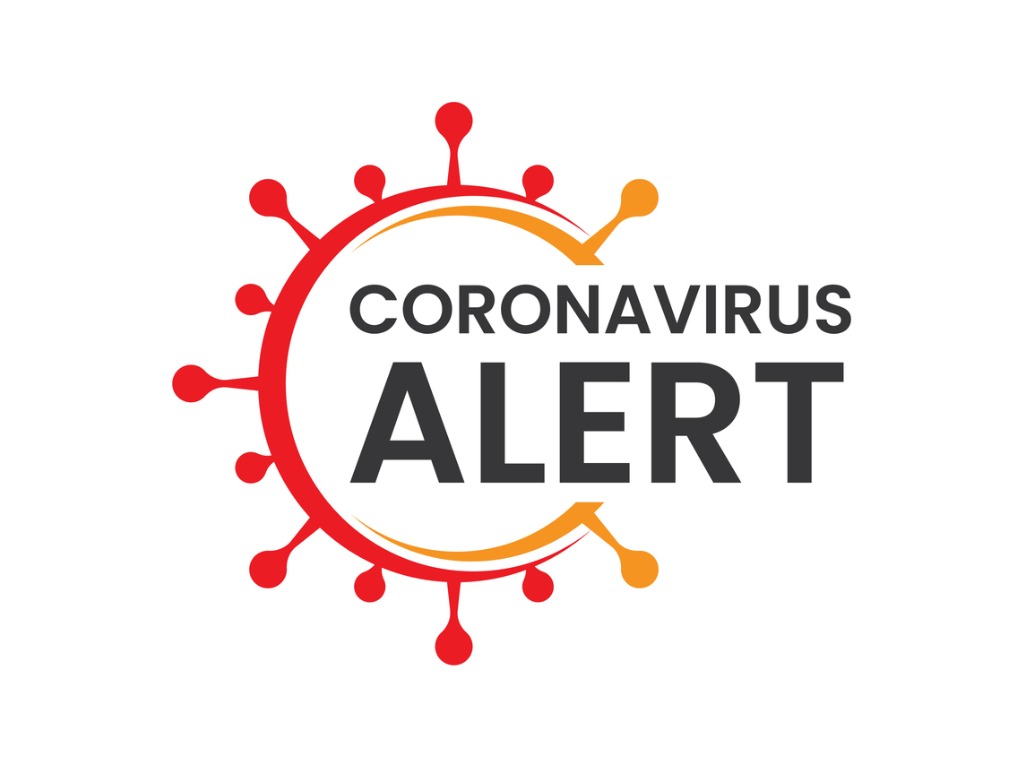
 “PCCI analysis indicates a systemic increase in people leaving their home in the two-week period around Thanksgiving. Paired with the dramatic increase in the Vulnerability Index, our community will be challenged through the December holidays and into the first part on 2021,” said Thomas Roderick, PhD, Senior Director of Data and Applied Sciences at PCCI.
“PCCI analysis indicates a systemic increase in people leaving their home in the two-week period around Thanksgiving. Paired with the dramatic increase in the Vulnerability Index, our community will be challenged through the December holidays and into the first part on 2021,” said Thomas Roderick, PhD, Senior Director of Data and Applied Sciences at PCCI.

